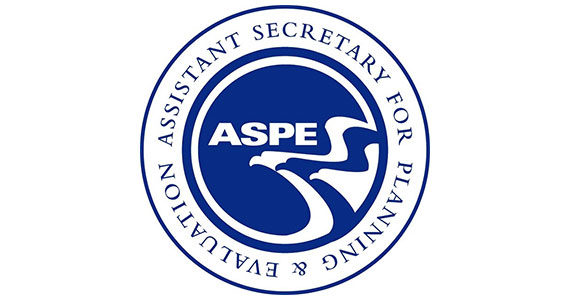KEY POINTS
- The introduction of 988 in 2022 raised questions about how best to serve special populations–including children, youth, people with intellectual and developmental disabilities, and older adults with neurocognitive disorders–and connect them to appropriate follow-up services. This brief describes partnerships and strategies of five states (Connecticut, Georgia, New Jersey, Pennsylvania, and Virginia) that have focused on developing crisis services for these populations.
- 988 and pre-existing crisis service lines are a common service entry point for special populations in crisis. In the five states in this study, call takers triage calls from special populations much the same as other 988 callers, but tailor the crisis response to the specific caller and circumstances of the crisis.
- Cross-agency collaboration at the state level facilitates development of common goals and procedures. Trusting relationships and free exchange of information between state agencies leading 988 implementation and contracted 988 providers is also critical.
- State political and legislative support influences and enhances states’ abilities to serve special populations.
- States braid together many sources of funding to finance crisis services for special populations, and state officials highlighted this as a primary challenge. State appropriations often ebb and flow with changing legislative priorities, and grant funds are typically one-time or time-limited, making sustainability planning challenging.
- Hiring and staff retention challenges are pervasive, especially among staff with more specialized skills and training needed to serve special populations. However, states are thinking creatively about how to solve the problem by employing strategies such as cross-training, telehealth visits, and seeking ways to prevent burnout and support crisis response staff.

